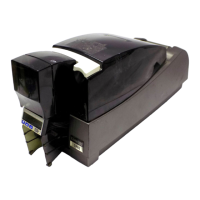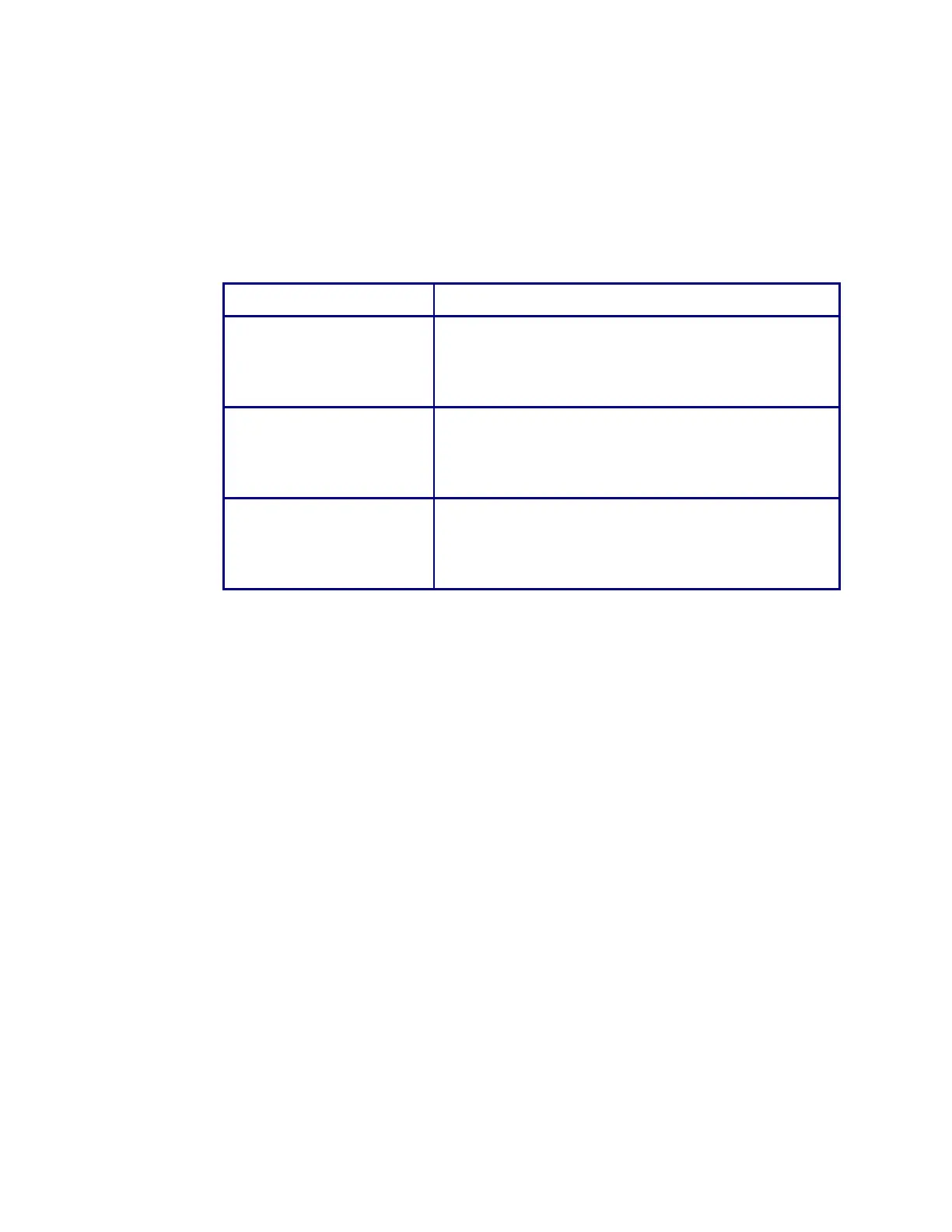CP60 and CP60 Plus Service Manual 2-23
Multiple Record Format (SDS)
This is a special format that is used most often by the casino industry. The main
purpose for the change in format is to introduce redundancy into the data to
protect against misreads at the card readers. Because the cards are not intended
to be universal from one provider to another, there is no specific standard
format. Each card issuer can have their own variations on the basic format. Some
of the aspects that may be encountered within this format are shown in the table
below.
Parameter Comments
Number of Records
Each track is permitted to repeat the primary data
record as many times as the issuer chooses. Each
duplicate record contains its own start and end
sentinels and error checking characters.
Number of Start Sentinels
Each data record is permitted to repeat the start
and end sentinel any number of times. This is to
ensure that the beginning and end of the record
has been detected.
Number of Nulls
Between duplicate data records, there can exist
empty, non-recorded space. This separates the
records to ensure that two adjacent records are
not misread as one record.
JIS X 6302 (Type I and Type II Cards)
JIS X 6302 is the Japanese standard for magnetic striped cards and identifies two
distinct card formats.
Type I: A JIS Type I card is a 3-track card. As of the 1998/1999 revision of this standard,
the Type I card standard conforms to the ISO/IEC standard for 3-track cards.
For this reason, Type I cards will not be discussed separately from ISO/IEC
cards. However, note that some card issuers may still be producing cards under
the 1979/1988 version of JIS X 6302. This manual does not cover that standard,
but the system will nonetheless support the format.
Type II: A JIS Type II card is a single-track card, and does not have an ISO/IEC
equivalent. In the past, this type of card has frequently been referred to as
J-Stripe, J-Track, NTT, or simply JIS Type II. (JIS Type II is now preferred.)

